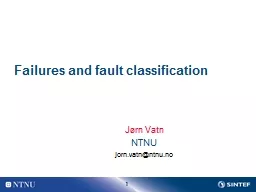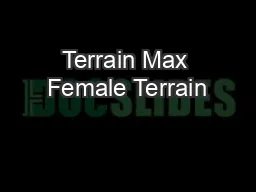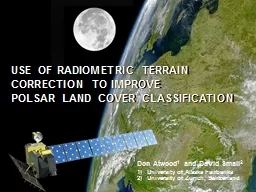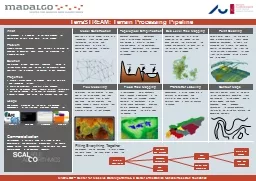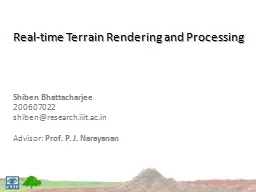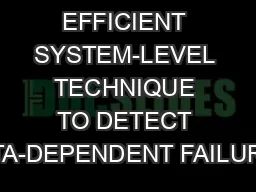PPT-Utility Poles failures in relation to soil and terrain
Author : tawny-fly | Published Date : 2018-09-22
Analyzing utility pole relationships with soil hydrography and terrain Timothy Tabor GEOG 596A Summer 2016 Advisor Seth Blumsack Table of Contents Background
Presentation Embed Code
Download Presentation
Download Presentation The PPT/PDF document "Utility Poles failures in relation to s..." is the property of its rightful owner. Permission is granted to download and print the materials on this website for personal, non-commercial use only, and to display it on your personal computer provided you do not modify the materials and that you retain all copyright notices contained in the materials. By downloading content from our website, you accept the terms of this agreement.
Utility Poles failures in relation to soil and terrain: Transcript
Download Rules Of Document
"Utility Poles failures in relation to soil and terrain"The content belongs to its owner. You may download and print it for personal use, without modification, and keep all copyright notices. By downloading, you agree to these terms.
Related Documents


